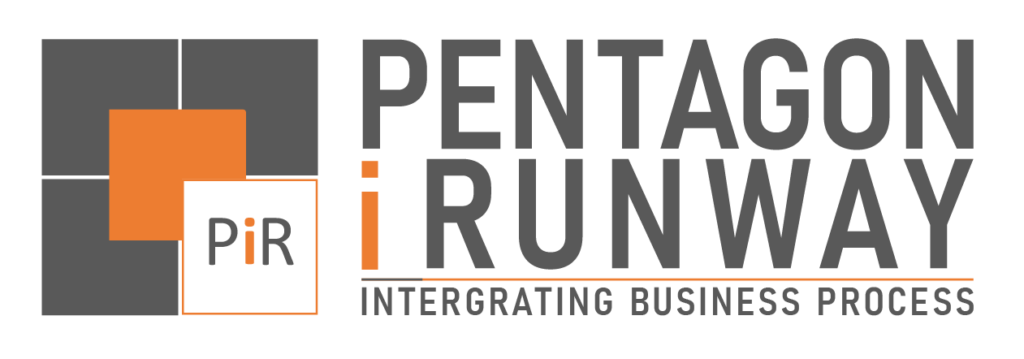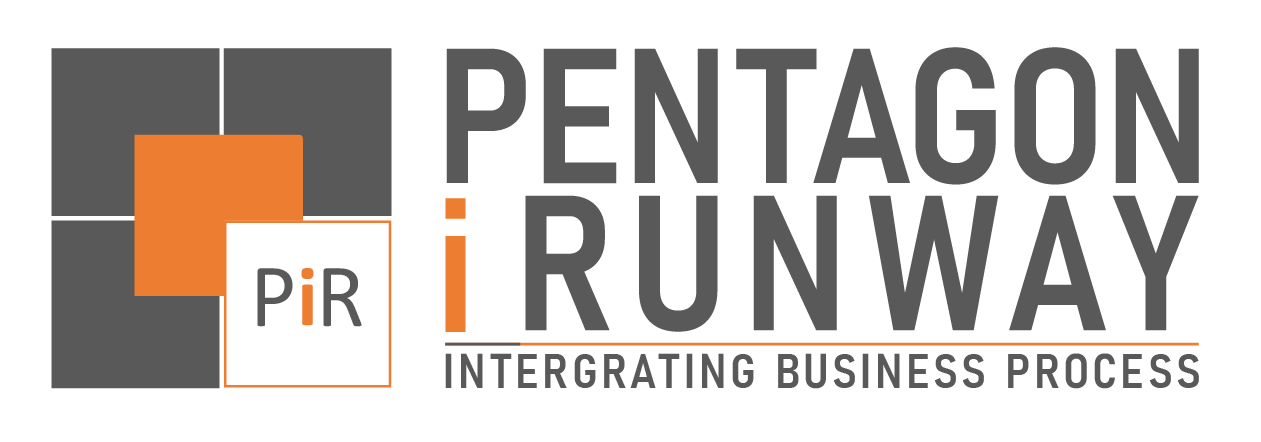- Insights
- October 20, 2023
Maximizing Manufacturing Efficiency: A Deep Dive into OEE Metrics
OEE, or Overall Equipment Effectiveness, is a key performance indicator that measures the efficiency of a manufacturing process. It provides a holistic view of how well equipment and machinery are performing in terms of availability, performance, and quality.
The Components of OEE
OEE is composed of three primary components:
- Availability: This metric assesses the actual uptime of equipment compared to its planned production time. It takes into account factors such as equipment breakdowns, changeovers, and planned maintenance.
- Performance: Performance measures the actual production speed of equipment compared to its maximum designed speed. It considers factors like idling and minor stoppages that can reduce production speed.
- Quality: Quality evaluates the number of good units produced in relation to the total number of units produced. It takes into account defects, rejections, and scrap.
The Formula for Calculating OEE
OEE is typically calculated using the following formula:
OEE = (Availability) x (Performance) x (Quality)
Each of these components is expressed as a percentage, resulting in an OEE score ranging from 0% (completely inefficient) to 100% (perfect efficiency).
Leveraging Siemens Opcenter APS to Improve OEE
While OEE metrics are incredibly valuable on their own, the benefits can be further amplified by integrating Advanced Planning and Scheduling (APS) software into your manufacturing operations. Here’s how Opcenter APS can enhance OEE:
- Real-time Scheduling: Opcenter APS provides real-time scheduling and production planning capabilities, allowing for dynamic adjustments based on actual equipment performance. This ensures that production is aligned with OEE goals.
- Predictive Maintenance: Opcenter APS can integrate with predictive maintenance systems to anticipate equipment breakdowns and plan maintenance activities during periods of low demand, minimizing disruptions and maximizing availability.
- Data Analytics: Opcenter APS leverages data analytics to provide insights into production bottlenecks, performance issues, and quality concerns. It empowers decision-makers with actionable information for OEE improvement.
- Inventory Optimization: Efficient inventory management through Opcenter APS helps maintain the right levels of raw materials and finished products, reducing waste and improving quality.
Conclusion
In the world of manufacturing, efficiency is the key to competitiveness and profitability. OEE metrics offer a comprehensive way to measure and improve manufacturing efficiency by addressing availability, performance, and quality. When combined with Siemens Opcenter Advanced Planning and Scheduling (APS) software, manufacturers can not only measure their OEE but also leverage powerful tools to optimize their operations for maximum efficiency.
By continually monitoring and improving OEE, manufacturers can streamline their processes, reduce costs, enhance product quality, and ultimately thrive in today’s competitive marketplace.


